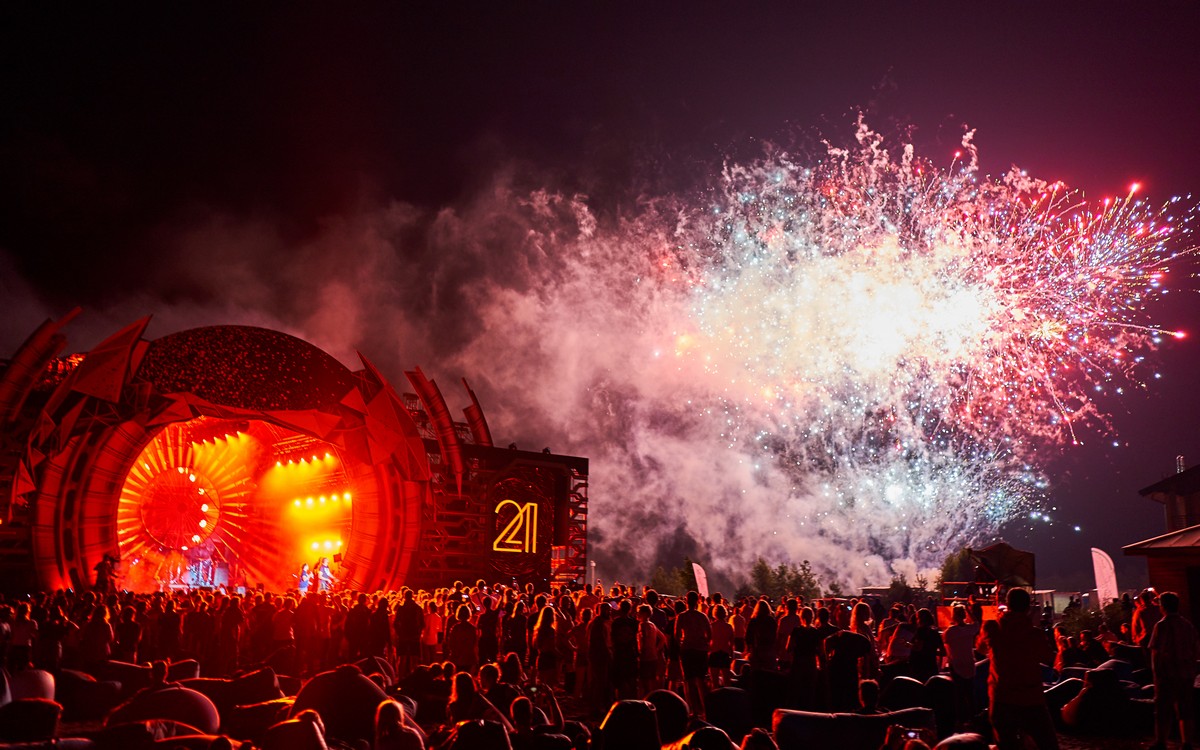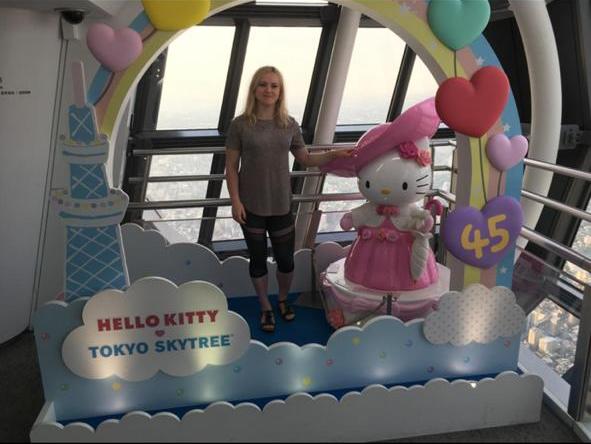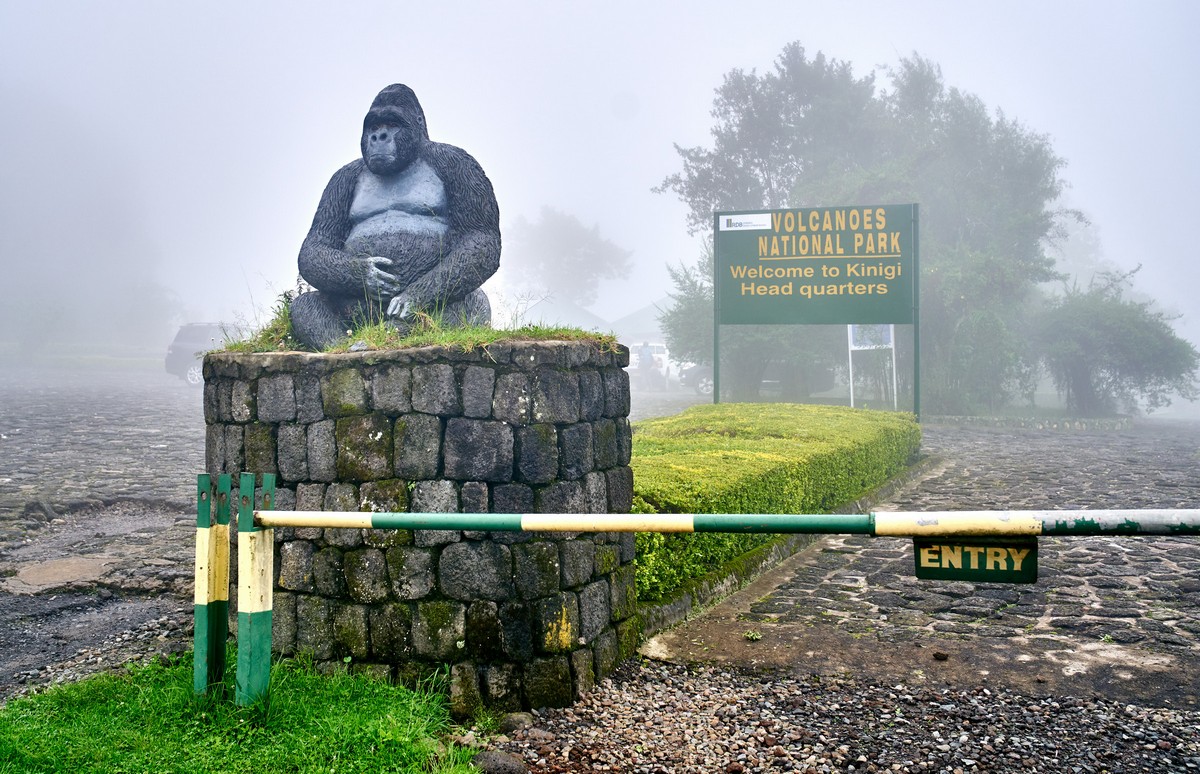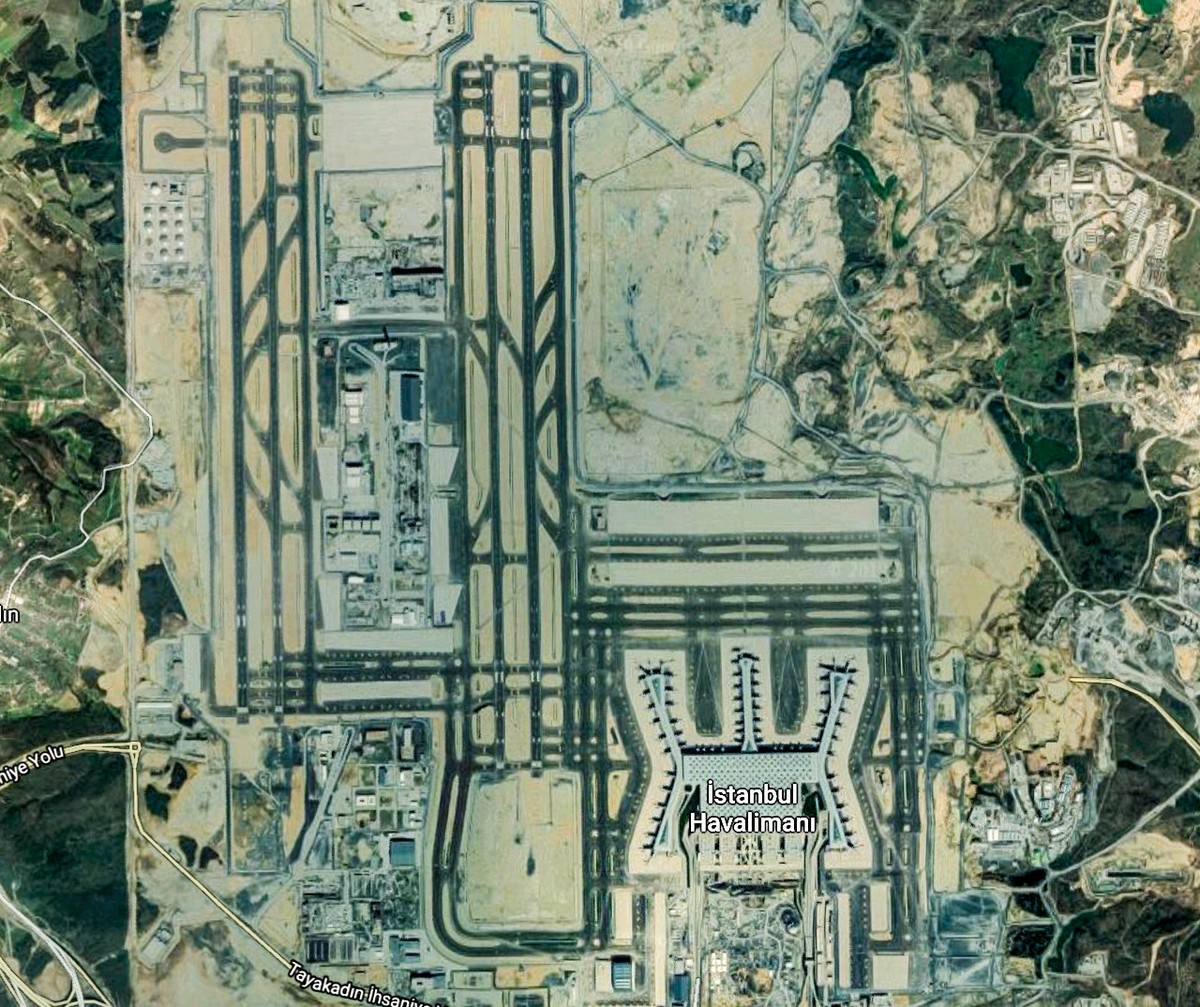June 17, 2019
Sochny Sochi, and lots of toastski.
Oh my grueling! The other week was reeeaaal high-pressure. Geographically, it went like this:
Moscow > Sochi > St. Petersburg > Moscow. Five days, three cities, two events, five hours in planes, and around 10 hours in cars.
So, like, why?…
First, there was our traditional global conference I had to get to. A quick bit of background to begin with:
A long time ago, when we were just a wee company, we started to gradually grow the number of partners we had all around the world. And when visiting one such technology partner, we saw how it put on yearly international partner conferences. ‘Great idea!’, we thought, and soon later – we put on one of our own: in 1999 we organized our first ever global partner conference, which took place in Moscow and which was attended by 15 guests from Europe, the U.S. and Mexico.
The following year, we spread our wings just a little further – with our partner conference taking place up in St. Petersburg. The year after that – Cyprus (attended for the first time by partners from Asia and Australia); after that – Barcelona; after that – Malta; next – Antaliya, Turkey; Portugal; Athens, Greece. It was when it came to Italy’s turn to host our partner conference that we realized that, for sure, we simply could not fit any longer into the regular conference halls in large hotels. And so it came to pass – we were all grown-up all of a sudden. Like with all children eventually – it was time for a bigger room ).
Thing is, we really didn’t want to bump the format up to expo-center level; therefore, from 2008, we decided to split the large global events into smaller, regional ones: North America, Latin America (sometimes together with North), Europe (including some sub-regional conferences), Russia (held in the Russian language), APAC (Asia & Oceania), and Japan (which had its own for a while). And everything was hunky-dory.
Later, having another think about all this, we figured we should have a special international get-together for our favorite, most successful partners. Thus – what goes around comes around – the international partner conference was back, albeit in a different format.
So, two years ago (in 2017), our first global ‘greatest hits’ partner conference took place – much like our first ‘demo tape’ did back in 1999 – closer to at home, in Moscow (I didn’t write anything then about it as June 2017 was fraught with other pressing business). The following year, again, we chose St. Petersburg as the host city, and that time I did manage to write a few words thereon.
Then, this year (the third year), we traveled a little futher from home (like to Cyprus in 2001)… to sochni (‘juicy’ in Russian) Sochi on the Black Sea in Southwestern Russia! Yes, where the Winter Olympics were held in 2014 – that Sochi ).
We’d thought long and hard about where this year’s global partner conference should be. Eventually, remembering that June is the perfect month to visit Sochi – not too hot, the Black Sea is refreshing but bathable (yep, we had a frolic therein), and up in the mountains above the city it’s pleasantly cool – Sochi got the most votes. And why not? Why not show our visitors this wonderful, unique city? So in everyone flew – all 140 of us, including 98 guests from abroad – from 35 countries, and all in order to talk business and its development.
Of course, Sochi isn’t the most convenient of locations to get to for everyone – especially those coming from America, Australia or Africa. Most folks needed more than one connecting flight, with some journeys taking 40 hours! But it was worth it: the infrastructure put in place for the Olympics is all still there, and can easily impress even the most sophisticated of international guest. And for a boost in immunity – especially cyber-immunity – at this time of year there’s no better place in Russia!
The event took place in the Hyatt Regency:
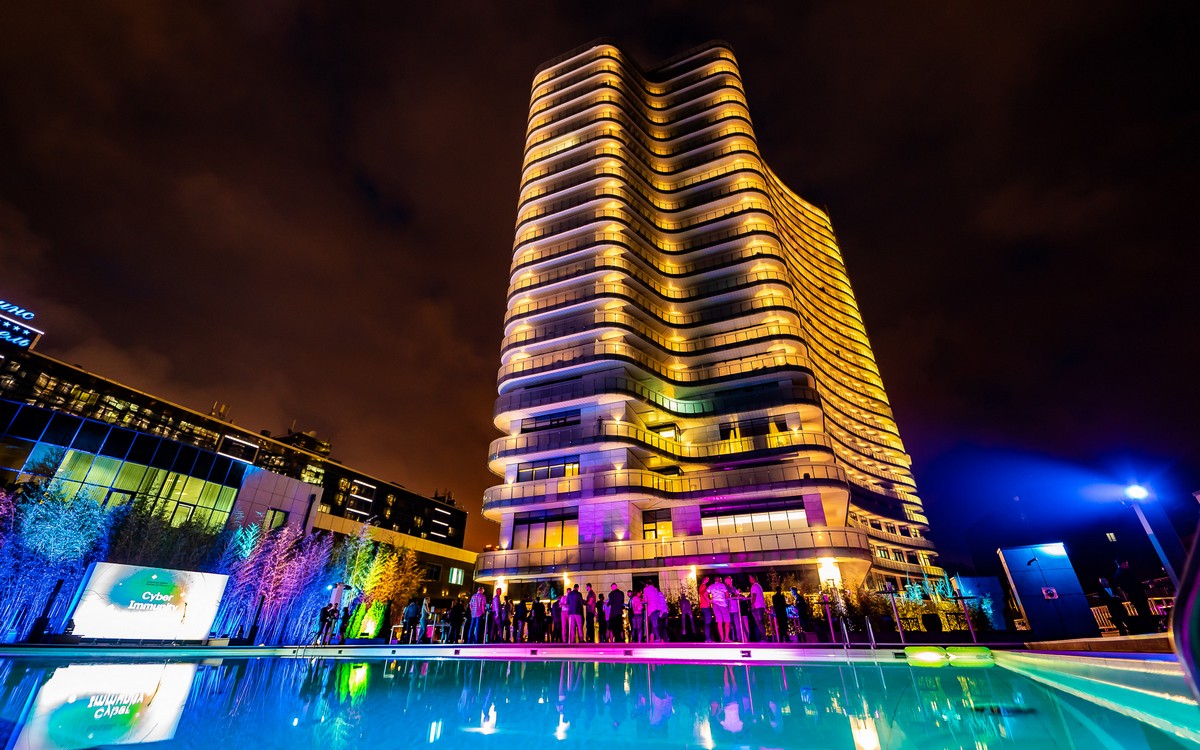
Woah. Hold on – deja-vu!…






![YOU CAN NEVER GET TOO MANY AWARDS. SEE 1ST COMMENT FOR ENGLISH ⏩
"А из нашего окна страна Австрия видна!" - практически (с). Но в этих австриях я был не смотреть из окна, а по многочисленным деловым делам, первое из которых - лично получить несколько важных наград и множество сертификатов от независимой тестовой лаборатории AV-Comparatives.
Это далеко не первая наша награда. Скажу больше - на протяжении последних десяти лет по результатам независимых тестов к нам даже близко ни один конкурент не подобрался. Но почему тогда такое внимание конкретно к этой победе? Ответ простой: густопопсовый геополитизм. В наше весьма геополитически [очень мягко говоря] непростое время... Ну, если отбросить все казённые слова, то будет, как в известном анекдоте про поручика Ржевского. В той самой истории, когда ему указали повторить свою фразу без матерщины. На что тот ответил: "Ну, в таком случае я просто молчал".
Так вот, в наше "поручико-ржевско-молчаливое время" участвовать и получить первые места в европейских тестах - это за пределами научной и ненаучной фантастики. Что в целом совпадает с одной из основных парадигм моей жизни: "Мы делаем невозможное. Возможное сделают и без нас" (с). Большими трудами и непомерными усилиями - да! Это можно! Мы заделали такие продукты, такие технологии, такую компанию - что даже в непростое время нас и в Европах знают, уважают, любят и пользуются. Ура!](https://scontent-iad3-2.cdninstagram.com/v/t51.29350-15/430076034_1096357205018744_692310533755868388_n.heic?stp=dst-jpg&_nc_cat=103&ccb=1-7&_nc_sid=18de74&_nc_ohc=XLII-tX29aoAX80SM4u&_nc_ht=scontent-iad3-2.cdninstagram.com&edm=ANo9K5cEAAAA&oh=00_AfBINCtkZ3-r_aTvdSC36JELI05V6PuBnMWs672PK3GsBQ&oe=65E63D48)



